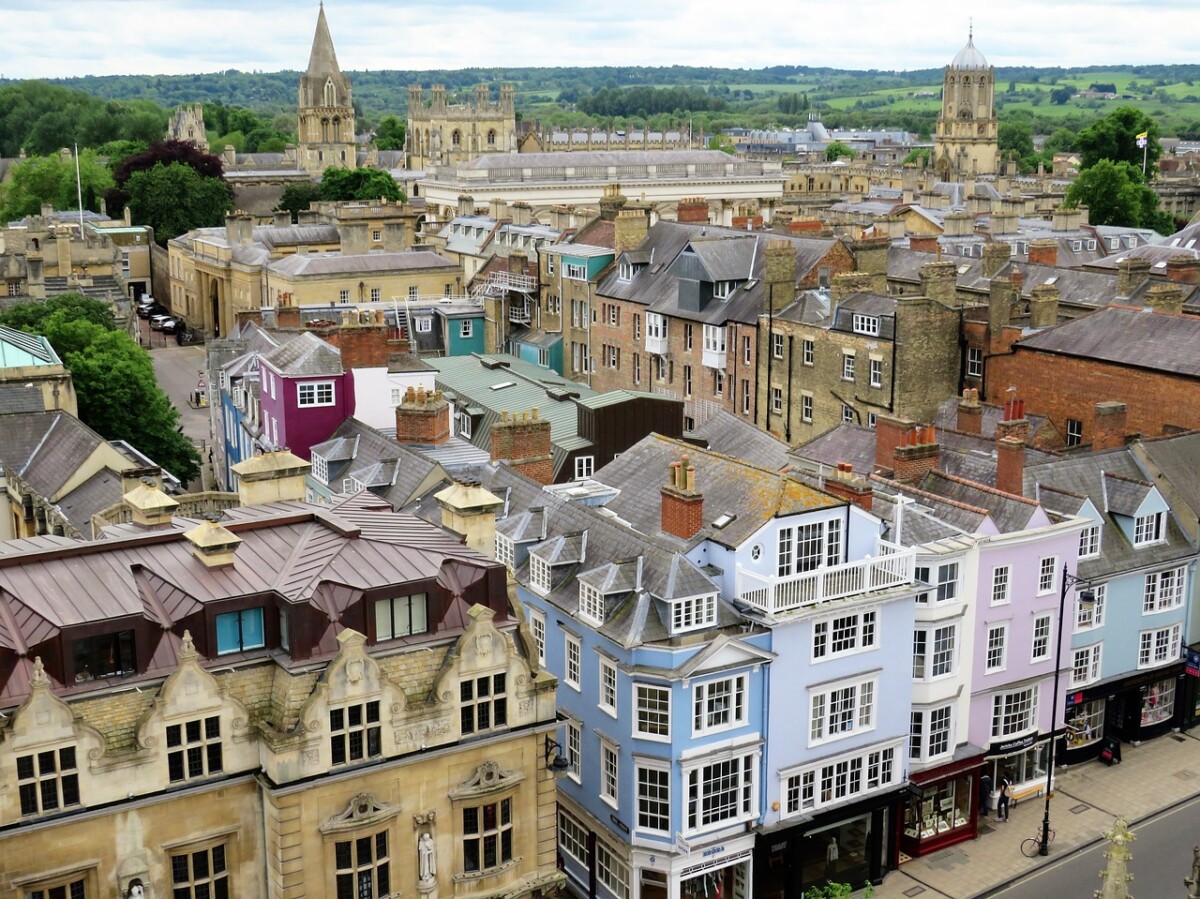How AI can help fundraisers – & how to ensure you’re ready to get the best from it

If you weren’t really thinking about AI before, this past year has really put it on the radar for charities, with free tools like ChatGPT making it accessible to all, and everyone thinking and talking about how it might help or hinder.
In fact, many nonprofits are already using AI, in their CRMs for example, to predict behaviour and automate processes. It’s also something we’ve all come across in our interactions with organisations in the commercial sector such as with automated customer service.
Advertisement
For fundraisers, Paul Hayward, Director of Business Development, from Engaging Networks says:
“AI is already becoming a gamechanger, the developments in this space are something to be truly excited about. Currently, CRM tools that are moving to embed AI can help you review your dataset, segment your audiences and predict which people might fit a set of criteria so that you can target people with more appropriate asks as well as predicting which messages should go out to different people so that you can truly personalise your fundraising messages. But what is really exciting is how sophisticated these tools will become.”
AI for fundraisers – in a nutshell
When talking about AI and how it can help fundraisers now, there’s an important distinction to make. Content creation tools use generative AI, while what’s helping with predictions and the automation of processes is machine learning and predictive AI.
In a nutshell, some of the things generative AI can help with are: writing copy; grant applications; meeting notes, summaries and transcriptions; digesting and summarising reports; and even writing code. All of which can help to free up a fundraiser’s time to dedicate to other important tasks.
Predictive AI on the other hand can help with: providing valuable insights by aggregating, analysing and summarising data; delivering real-time information; improving supporter journeys through personalised and automated communications; tailoring and optimising campaigns; and reducing manual workload by automating processes.
Dan Keyworth, Vice President of Customer Success Modernisation, Managing Director of International Markets Group, Interim Managing Director of US Nonprofit and Arts & Cultural, at Blackbaud explains further:
“Predictive AI, or machine learning, is used to discover the underlying rules and patterns based on vast amounts of historical data. By analysing your historical data, including things like last gift amounts, the rise and fall of giving amounts, the amount of engagement in communication, postcode and regional data, or age and gender, predictive AI is excellent for tasks like pinpointing the best donors to include in your upcoming appeal. This helps you to communicate with the right donors, with the right messaging, at the right time.
“In turn, Generative AI, commonly known as Large Language Models like ChatGPT, requires ‘prompts’ and is used to generate new content. It’s useful for tasks that require creativity and speed, such as crafting a new donor welcome series, as it can bring your ideas to life and help overcome the common challenge of creating a first draft.
“These technologies unlock huge opportunities by helping charities improve various aspects of their fundraising programmes, including finding the best prospects for every type of campaign, improving engagement with donors, boosting productivity and efficiency, optimising strategies, and raising more for the cause. Predictive AI helps you to identify Who, When, Why and How, and Generative AI helps you with the What.”
Getting ready to make the most of AI’s opportunities
So how, as a fundraiser, can you ensure you’re able to make the most of the opportunities it presents? There are a number of key principles to stick to, from ensuring the cleanliness and integrity of data, having clarity on objectives, putting in the effort to train AI, and committing time to learning and experimentation. Here’s more on these key tips.
Sort out your data
What you get out of AI will only be as good as what you put into it. In order to train AI algorithms effectively and get the most out of them, data has to be clean, accurate, and well-organised. This means making sure it is as clean and accurate as possible at point of entry – and that data entry is consistent across teams. Regular audits and hygiene checks are also essential for ensuring data remains robust.
Mark Luckins, Senior Consultant, and Keith Collins, Principal Consultant at Adapta Consulting say:
“Getting your data in order is going to be important if you’re going to be able to maximise the benefits that AI could bring – so starting now with putting good data governance in place is very important. Building awareness of what AI could offer, and translating that into specific ‘AI use cases’ into your fundraising will also be a good starting point. Finally, ensuring that you put in place mechanisms to oversee how AI is contributing to your fundraising, and testing how it works before letting it loose on a larger scale, will also be vital.”
Be clear on what you want
Make sure you have a well-defined goal before you start – AI solutions work best when there is clarity on the desired outcomes. The clearer you are about what you want from it, the better you’ll be able to instruct and prepare it, and the better therefore the results will be.
Keyworth says:
“Think about the key outputs you want to get. Are you trying to identify your bigger major donor prospects or who are most likely to give to your next appeal? Or perhaps you are trying to predict the supporters most likely to cancel their standing order. These different outputs need specific historical data for AI to analyse.”
Spend timing teaching it
AI won’t give you exactly what you want on the first try. To get the best results, it needs to be trained to really understand what you want from it, such as in terms of tone, and messaging. Spend time teaching it – with a content generation tool for example, this means feeding it examples, reviewing its output and then providing further instructions until you get something close to what you want, that you can then refine further.
Jane Trenaman, Founder and Managing Director, The HX Consultancy says:
“I sometimes find it helpful to think about AI as a new member of your team. They will need lots of input, reading and coaching. They need to learn the appropriate tone and be sensitive to audiences internally and externally. They need supervision and guardrails and can’t quite be trusted to lead alone on their first day.”
Use it safely
To minimise any risks that come with using AI, it’s important to set a few ground rules before anyone starts trialling the free or low-cost tools available. There should be clear guidelines for what people can use and how, with no personal data to be used, and oversight retained of everything AI is used to create. AI can be a great starting point to get a first draft for example, or to help you hone something, but everything it creates needs human input and must be reviewed.
Keep learning and experimenting
Above all, have a go. AI is moving forward fast but there is support out there to help you work out what is accessible and appropriate for your organisation so take the time to find out as much as you can about AI, its opportunities and risks. And don’t be afraid to experiment – the beauty of the free tools available is that anyone can use them. The important thing is to make a start.






